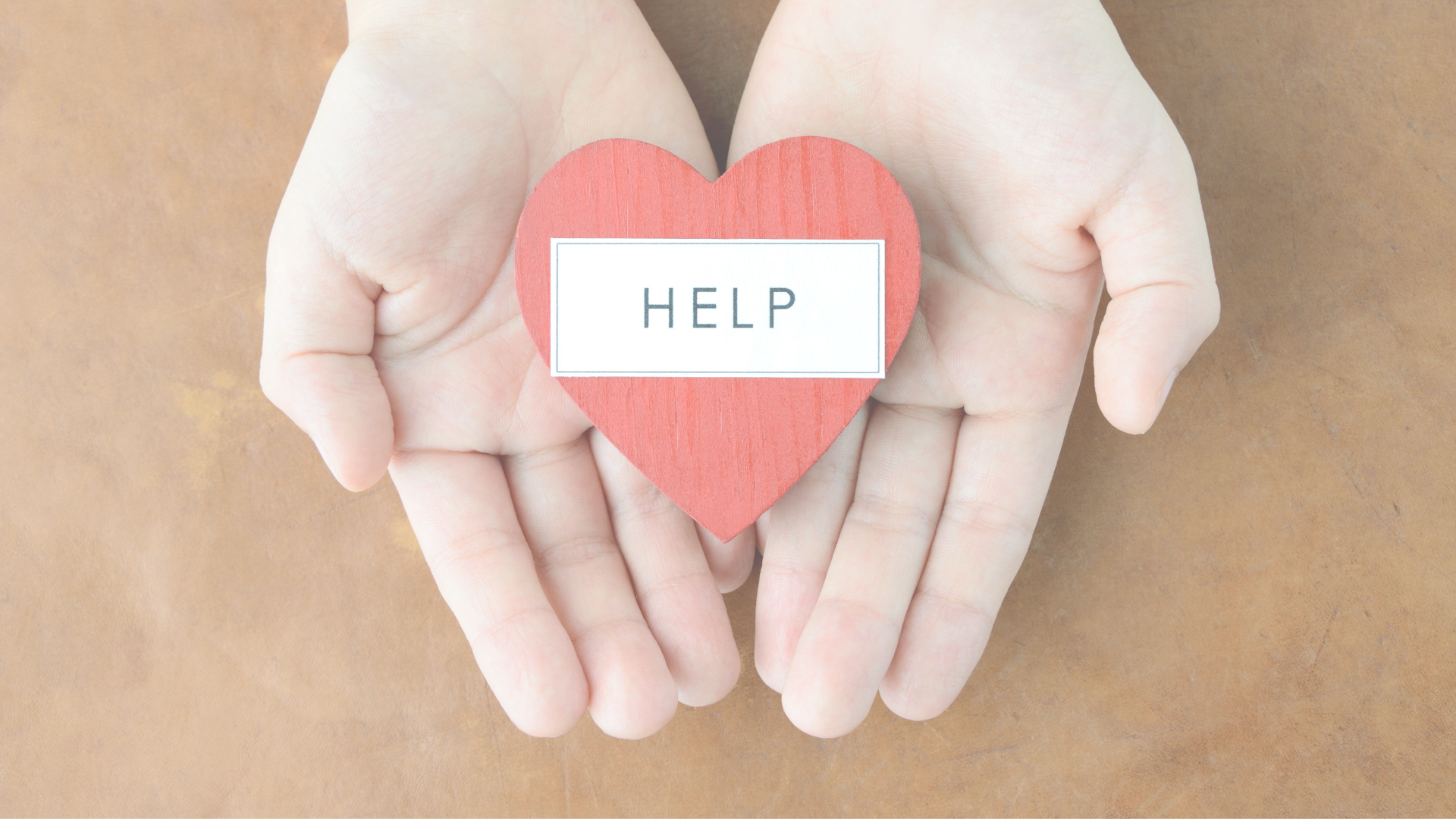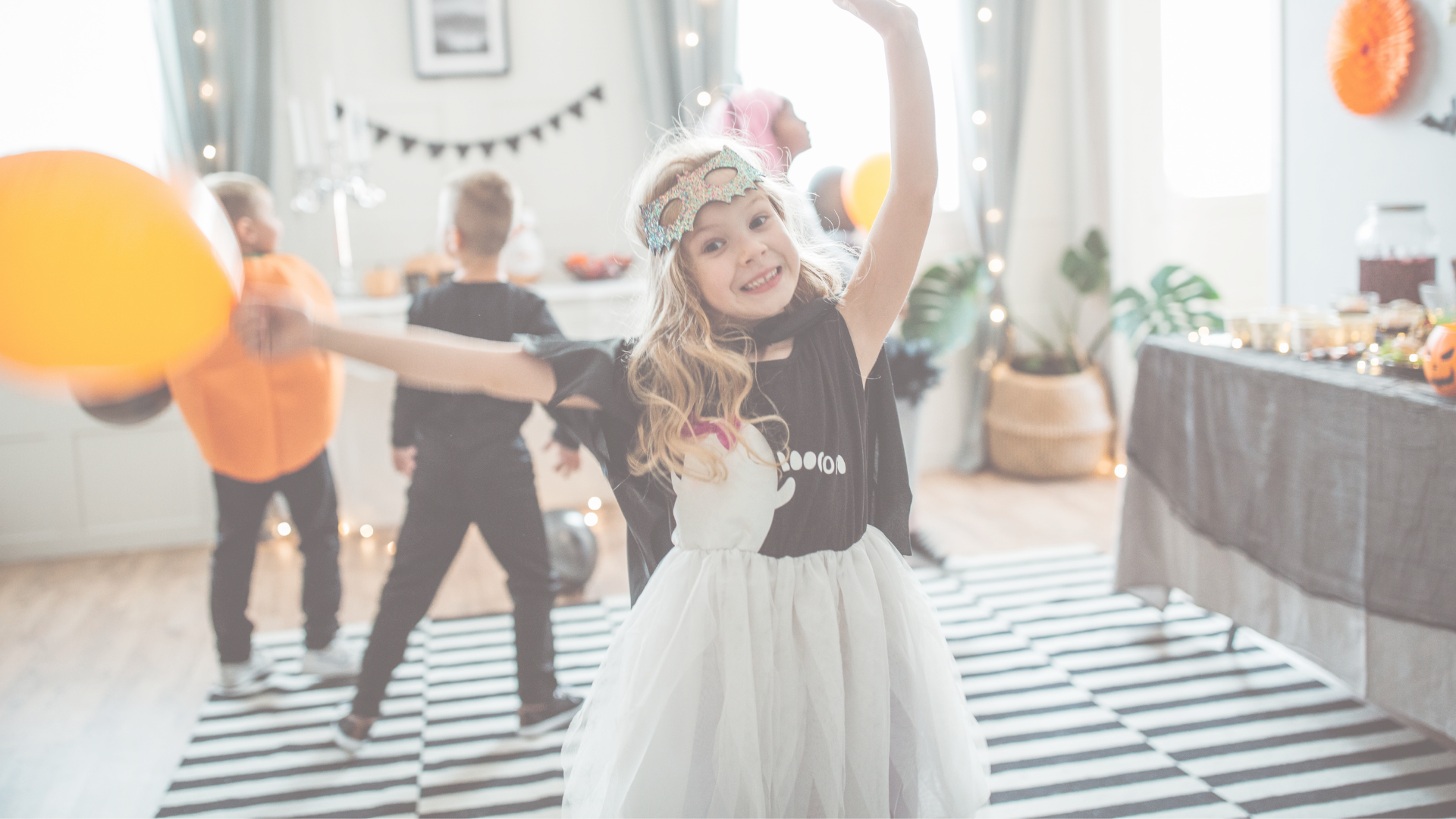Welcome to the World of Universal Design
Design for us all
Disability is a shared, human experience (read more about that here). How is it, then, that so much of the world is not accessible or inclusive for people living with disabilities? Welcomed Co™ wants to change that, and the way to do it is with universal design.
Universal design focuses on creating safe and accessible spaces for people of all ages and abilities. By making products suitable for any lifestyle, this approach to design is meant to simplify daily life for all. A space designed to be accessible for someone with a disability is a space for anyone and everyone. Take curbless entry, for example. It means people with wheelchairs can easily enter, and it helps safeguard children and adults from tripping while walking.
While universal design may be unnoticeable to one person, it could be life-changing for another. Imagine your child uses a wheelchair and wants to visit a friend’s home for playdates. Instead of checking the friend’s home in advance (e.g., Is there an entrance that doesn’t have steps? An accessible bathroom on the ground level?), you can rest assured that the home will be accessible and welcoming for your child’s visit. Or maybe you have an elderly relative who is recovering from surgery. She can’t attend the traditional Thanksgiving celebration because the location can only be entered via a staircase. But what if there were adaptations already in place there that allowed her to join in as opposed to spending a family holiday alone? The beauty of universal design is that everyone is included. (source)
Incorporating universal design in homes looks like adapting spaces to meet changing needs. It can be the difference between isolation and connection. It can mean older adults are able to age in place, and people with long-term conditions or poor mobility can also be supported to live safely at home.
In a 2022 study on Inclusive Living, researchers found that adaptations support older people feeling safer and more comfortable. Accessible spaces improve physical safety, mental health, and quality of life. However, adoption of adaptive products is low. Potential contributing factors include stereotyping, loss of status, and discrimination. (source)
In addition, adaptive products may not align with the way we see ourselves. For example, if I consider myself to be an independent person, then my self-image is impacted by the realization that I need a cane to help with walking. If I avoid using a cane to protect my sense of self, I may be risking even greater bodily harm.
How do we increase adoption of adaptive products? Cristina Casanova Might, Welcomed Co™’s founder, knows the answer. We prioritize people’s dignity and humanity. We make these items beautiful. “Things should be high quality and safe,” she says. “But I don’t think they need to be ugly.”
With an industrial design background and the lived experience of needing adaptive products in her own home, Cristina knows how difficult it is to find products designed for both functionality and aesthetics. She believes spaces and products designed for accessibility can—and should—also be appealing.
“I want to help people rethink what a seemingly utilitarian product could be in a way that will be aspirational—not just something they have to have because they’re obligated,” Cristina says. When we like the way the products look, we’re more likely to use them in our daily lives. The more we use them, the more normalized they will become—and the more spaces will implement universal design philosophies.
Cristina’s vision is essentially to be the Steve Jobs of accessibility. “I’d love to show people there is another way,” she says. “I’d like to do for accessibility products what Apple did for personal computing. Innovation, design, and quality customer experience can all come together to create something amazing.”
Stay tuned!










